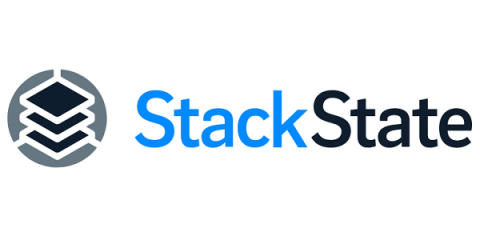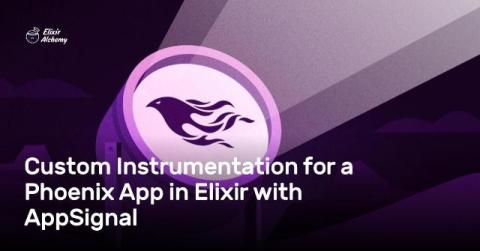Unlock Value with InfluxDB 3.0 and Expert Support Teams
InfluxDB is all about your data: we bridge the gap between an empty database bucket and business value and provide experts to help you derive value from your data. InfluxDB expert support teams come with contracted InfluxDB 3.0 serverless products (Serverless, Cloud Dedicated) and our Clustered on-prem product. Though no customer is left to figure everything out on their own, your product selection will determine the level of custom support you receive.











